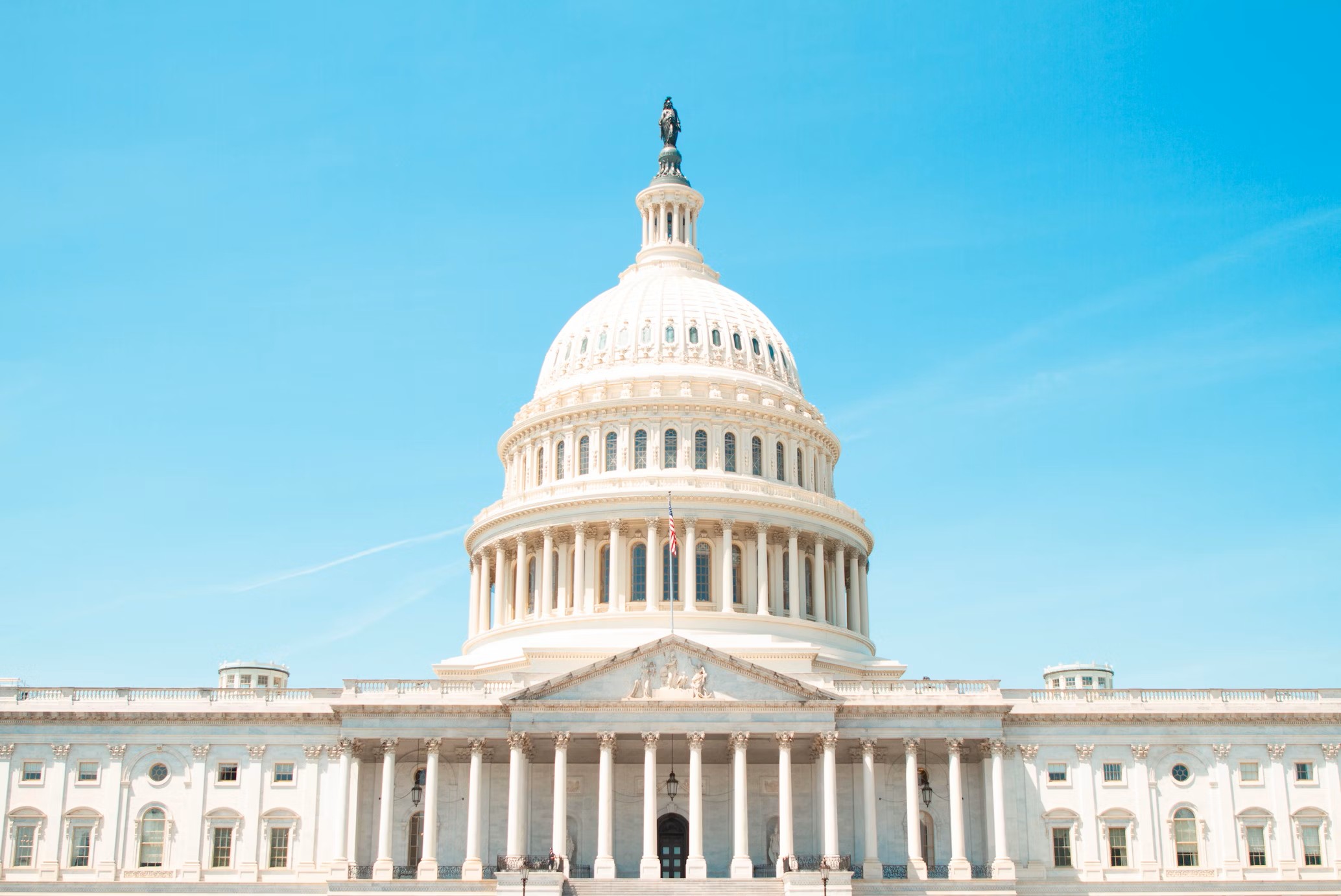Economy

Tax Foundation: Tariffs Take a Toll on Taxpayers and GDP
Written by Tim Triplett
December 18, 2018
Trump administration tariffs will increase the tax burden on Americans, especially lower and middle-income households, and will cost the economy thousands of jobs, according to a new report from The Tax Foundation, a conservative-leaning tax policy research organization.
Trump has placed tariffs on steel, aluminum, washing machines, and thousands of other products that American businesses and consumers buy from China, effectively imposing $42 billion worth of new taxes on Americans. If the president follows through on his threats to impose further tariffs on Chinese goods, Americans could see additional tax increases totaling up to $129 billion, the foundation claims.
Tariffs are a type of excise tax that is levied on goods produced abroad at the time of import. They are intended to increase consumption of goods manufactured at home by increasing the price of foreign-produced goods. Though tariffs may afford some short-term protection for domestic industries by shielding them from foreign competitors, they do so at the expense of others in the economy, including consumers and other industries, resulting in less economic output on net, the Tax Foundation argues.
The Trump administration has imposed nearly $42 billion worth of tariffs so far, including:
- 25 percent tariff on imported steel, which amounts to about a $7.3 billion tax increase.
- 10 percent tariff on imported aluminum, which amounts to a nearly $1.7 billion tax increase.
- Doubled steel and aluminum tariffs on Turkey, which is a tax increase of roughly $0.34 billion.
- 25 percent tariff on $50 billion worth of imports from China, which amounts to a $12.5 billion tax increase.
- 10 percent tariff on $200 billion worth of imports from China, which amounts to a $20 billion tax increase.
- Tariffs on washing machines, which amount to about a $0.15 billion tax increase.
The administration has also threatened to impose $129 billion in additional import duties, which would include new tariffs on automobiles and auto parts, as well as escalated tariffs on imports from China. These include:
- 25 percent tariff on Chapter 87 auto imports, which amounts to a roughly $73.1 billion tax increase.
- 25 percent tariff, up from the 10 percent tariff, on $200 billion worth of imports from China, which amounts to a tax increase of $30 billion.
- 10 percent tariff on approximately $267 billion of additional imports from China, which amounts to a $26.7 billion tax increase.
According to the Tax Foundation model, the tariffs imposed so far by the Trump administration would reduce long-run GDP by 0.12 percent ($30.4 billion) and wages by 0.08 percent and eliminate 94,300 full-time equivalent jobs. If the administration moves ahead with its threats to impose additional tariffs, long-run GDP would fall by 0.38 percent ($94.4 billion) and wages by 0.24 percent, and 292,600 full-time equivalent jobs would be eliminated.
The distributional effects of a tariff (the economic burden it places on households across income levels) tend to be regressive, burdening lower-income households more than higher-income households, the foundation said. If the threatened tariffs are imposed, households in the middle quintile (40 to 60 percent range) could see an average decrease in their annual after-tax income of $453.

Tim Triplett
Read more from Tim TriplettLatest in Economy

Steel groups welcome passage of budget bill
Steel trade groups praised the passage of the Big Beautiful Bill (BBB) in Congress on Thursday.

Industry groups praise Senate for passing tax and budget bill
The Steel Manufacturers Association and the American Iron and Steel Institute applauded the tax provisions included in the Senate's tax and budget reconciliation bill.

Chicago PMI dips 0.1 points in June
The Chicago Purchasing Managers Index (PMI) slipped 0.1 points to 40.4 points, in June.

Multi-family pullback drives housing starts to 5-year low in May
US housing starts tumbled in May to a five-year low, according to figures recently released by the US Census Bureau.

Architecture firms still struggling, ABI data shows
Architecture firms reported a modest improvement in billings through May, yet business conditions remained soft, according to the latest Architecture Billings Index (ABI) release from the American Institute of Architects (AIA) and Deltek.
